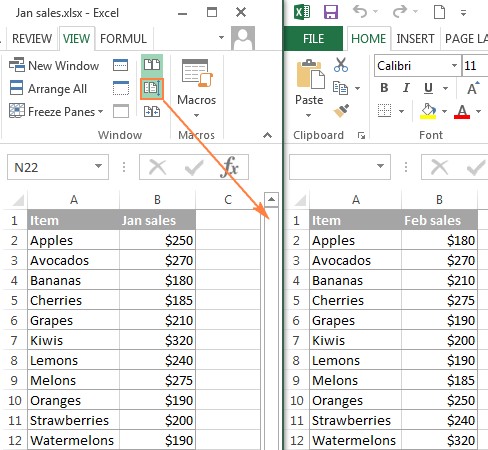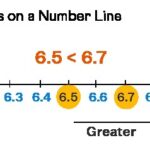Comparing data across two Excel spreadsheets is a common task for many professionals. Whether you’re tracking sales figures, analyzing student performance, or managing inventory, knowing how to efficiently compare data can save you time and effort. This guide provides various methods for comparing data in two Excel sheets, ranging from simple visual inspection to using advanced formulas and third-party tools.
Simple Visual Comparison: Viewing Side-by-Side
For small datasets and straightforward comparisons, visually inspecting two Excel sheets side-by-side can be effective. Excel’s “View Side by Side” feature allows you to arrange two spreadsheet windows horizontally or vertically. This enables simultaneous scrolling for row-by-row comparison. To activate this feature, go to the View tab, then the Window group, and click View Side by Side. You can also use the Synchronous Scrolling option within the same group to ensure both sheets scroll in unison.
This method is useful for quick checks but becomes less practical with larger, more complex datasets.
Comparing Values Using Formulas
For identifying discrepancies in values between two sheets, leveraging Excel formulas provides a more automated approach. A simple IF formula can compare corresponding cells in two sheets and highlight differences. In a new sheet, enter the following formula in cell A1 and drag it across the required range:
=IF(Sheet1!A1<>Sheet2!A1,"Sheet1: "&Sheet1!A1&" vs Sheet2: "&Sheet2!A1,"")This formula compares cell A1 in “Sheet1” and “Sheet2”. If the values differ, it displays both values; otherwise, it leaves the cell blank.
Highlighting Differences with Conditional Formatting
To visually emphasize discrepancies, conditional formatting offers a powerful solution. By applying a rule based on a formula, you can automatically highlight cells with differing values. Select the data range in one sheet, go to Home > Conditional Formatting > New Rule, and choose “Use a formula to determine which cells to format”. Enter the following formula:
=A1<>Sheet2!A1Choose a formatting style to highlight the differing cells. This provides a clear visual representation of the variations between the two sheets.
Advanced Comparison Techniques: Third-Party Tools
While Excel offers built-in functionalities for basic comparisons, dedicated third-party tools provide more comprehensive solutions for complex data analysis. Tools like Synkronizer Excel Compare, Ablebits Compare Sheets, and xlCompare offer features such as:
- Comprehensive Comparison: Compare values, formulas, formatting, and even VBA code.
- Merge Functionality: Merge changes between sheets or workbooks.
- Detailed Reports: Generate reports highlighting all differences.
- Advanced Filtering: Filter differences based on specific criteria.
These tools are particularly helpful for large datasets, complex comparisons, and tasks requiring merging data from multiple sources.
Online Comparison Services
Several online services offer Excel comparison capabilities without requiring software installation. These platforms allow you to upload your spreadsheets and perform comparisons directly in your browser. While convenient, ensure the service adheres to data privacy standards if dealing with sensitive information.
Conclusion
Choosing the right method for comparing data in two Excel sheets depends on the complexity of your data and your specific requirements. For simple comparisons, visual inspection or basic formulas suffice. For more intricate analyses and merging capabilities, consider utilizing advanced features like conditional formatting or specialized third-party tools. By understanding the various options available, you can effectively compare data in Excel and gain valuable insights.

